It can be super frustrating to walk into a shop and have to wade through dress after dress to determine your size! Not to worry. Although dress sizes are different at most stores, as long as you know your measurements, you shouldn't have a problem figuring out which sizes work best for you.
Part1 Measuring Your Dress Size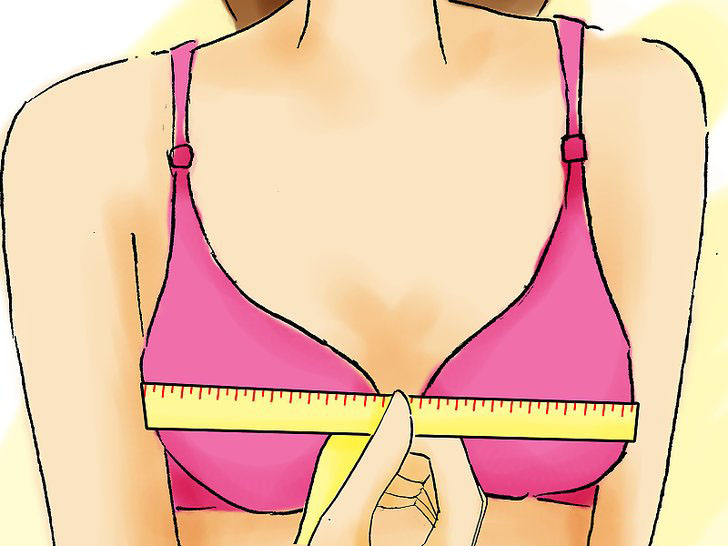
1. Measure your bust.
You'll need to measure the fullest part of your bust to get the proper measurement. Make sure that the measuring tape (a dress maker's soft tape measure for preference) goes under your arms.[1]
- Keep the measuring tape snug but not too tight. If you do it too tight (if your bust is popping out over the tape) then you'll get the wrong measurements and your dress won't fit properly.
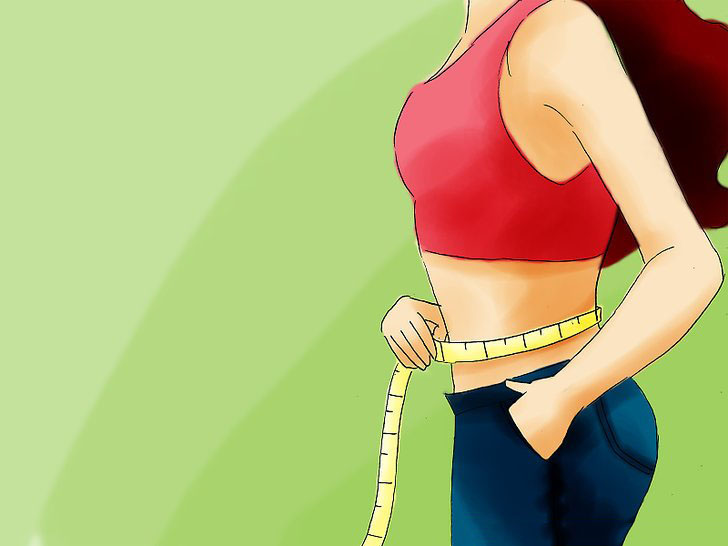
2. Measure your waist.
Bend to one side (doesn't matter which) and find your waist's natural crease. At the crease, measure around your waist, making sure that the measuring tape is a bit loose.
- You can also find your natural waist by measuring 2 inches up from your belly button. It's usually the smallest part of your waistline.
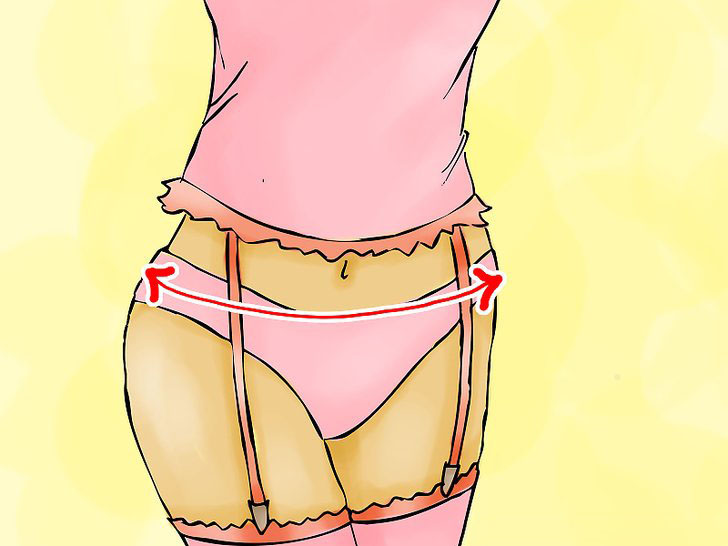
3. Measure your hips.
Stand with your feet together. Measure around the fullest part of your hips and rear. This is typically midway between your crotch and your belly button. Again you'll want to keep the measuring tape somewhat loose, so that your dress size doesn't end up being too small.
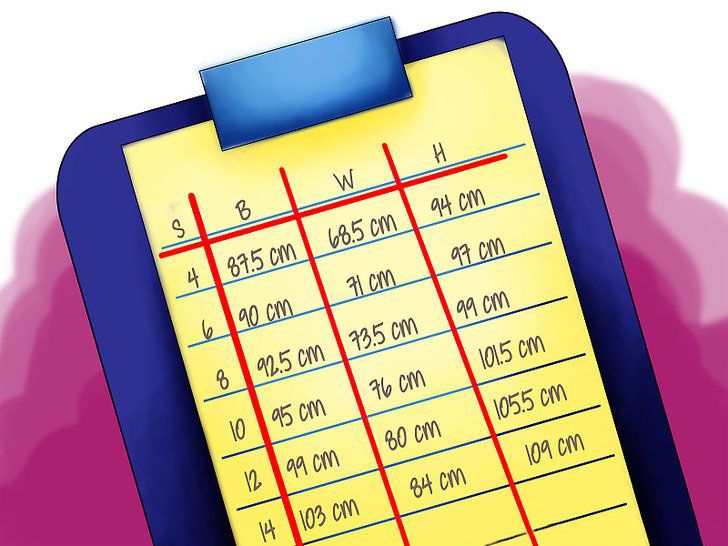
4. Look at a size chart.
Keep in mind that size charts tend to be different for different stores and that even with your measurements and the size chart, you may be surprised by the wide array of sizes you will seem to fit into. However, you can use this size chart as a basic guide.
- Always choose the larger size if your measurements come between two sizes, especially if you're ordering online.
- Avoid the dress size generators, as they tend to give you the wrong sizes. Dress size generators claim to be able to tell you your dress size in each store (since so many stores size their women's clothing differently).[2]
- If you are looking at European sizes, you'll want to check out this chart, which converts American sizes into European sizes.

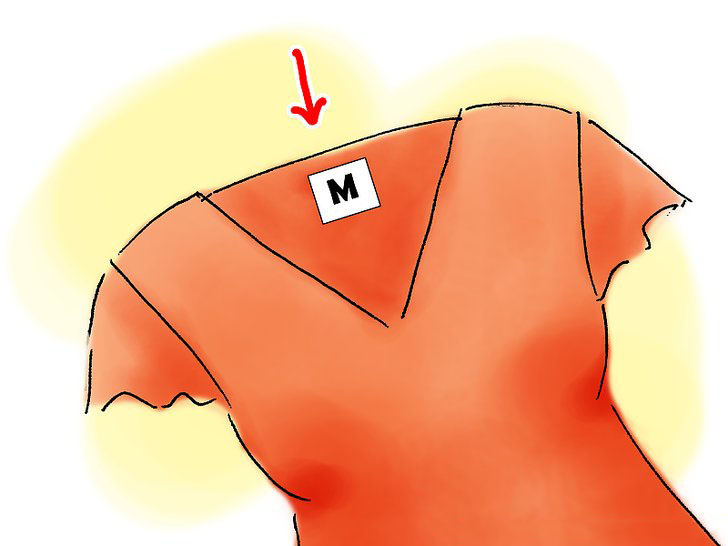
5.Convert numbers to letters for sizing.
Some stores don't use the typical 6, 8, 10, 12. Instead they use letters like XS, S, M, etc. Fortunately these letter sizes tend to correspond to specific numerical sizes and you can figure your size out based on that.
- In American Sizes; Size 2 is XS, Size 4 is S, Size 6 is M, Size 8 is L, Size 10 is XL, Size 12 is XXL. This is what it usually is, although sizes may still vary depending on the store.
Part2 Determining Size at Specific Stores
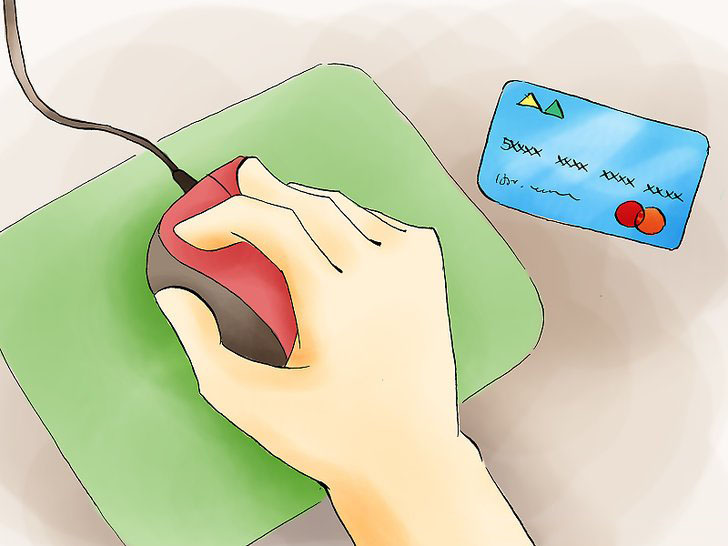
1. Always check the sizing guide when shopping online.
Most, if not all, online clothing websites have a chart that explains their sizing measurements. Sometimes dresses will run bigger or smaller than your typical size, so you will want your measurements handy to check against the website's sizing guide.
- It's a good idea to shop at the same websites, because you're more likely to already know what size works best for you.
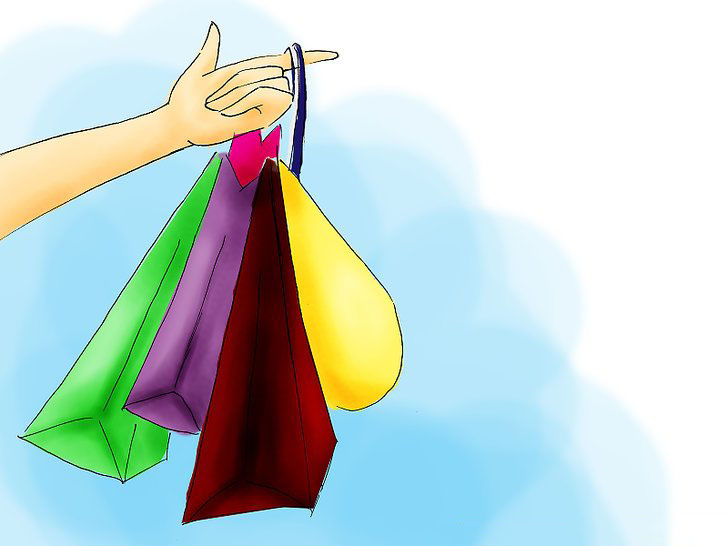
2. Check the sizing at each store.
Once you know your measurements you'll need to check out the different sizing at different stores. Many stores and many brands operate on their own sizing when it comes to dresses. A lot of times you can check the label to find where your measurements fall.
- At Target, for example, a small at Target (in numeric size: 0 or 2) has the bust of 85.09 cm to 86.39, waist measurements of 66.04cm to 67.31cm, and hip measurements of 91.44 cm to93.98 cm.[3]
- At Top shop, an American size 6 has a bust of 87 cm, a waist of 69.2 cm, and a hip measurement of 91.5, which is smaller than the generic size chart.[4]
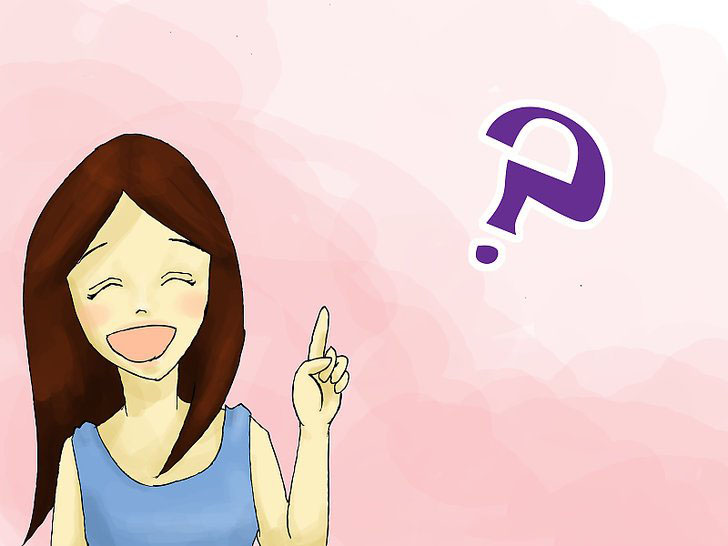
3. Ask.
Sometimes the best way to find out the dress sizes at different stores is to ask a salesperson. You won't be the first person to be confused and salespeople know that most stores have a different sizing method for dresses. As long as you know your measurements they should be able to help you.
Part 3 Choosing the Best Dress
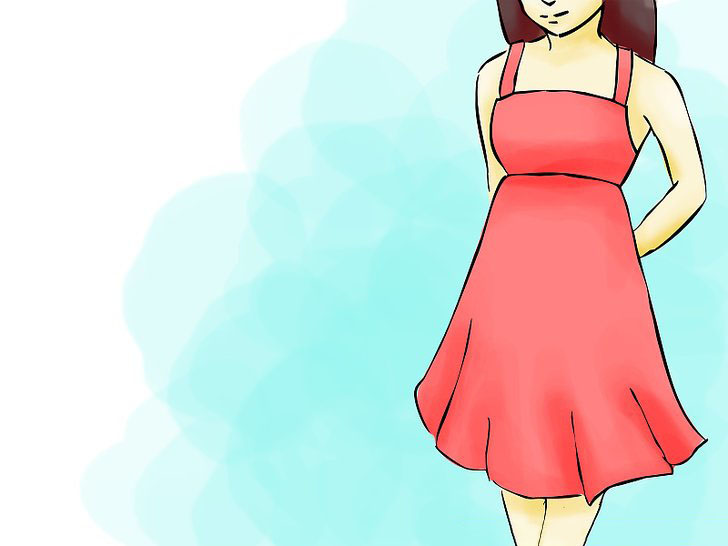
1. Pick the right dress for a straight body.
If you've got a straight body (narrow hips, no bust, no rear) there are certain dresses that will flatter your body better than others. Fitted sheaths and classic shift dresses work well for this body type.[5]
- Empire waist or A-line skirts on a dress help to give you some curves, if you don't have much in that area.
- You can also create a more dramatic effect by having an off-the-shoulder dress. The neckline of a dress like this draws more attention to the collarbones and arms.
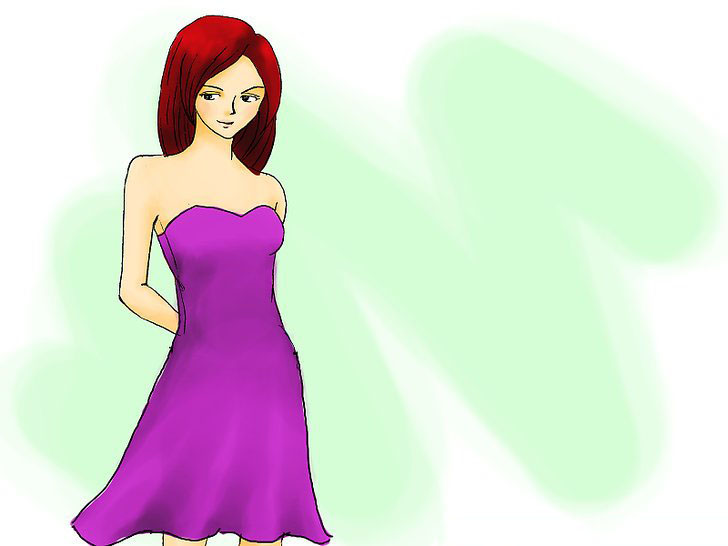
2. Choose dresses than enhance your upper body if you have a pear-shaped figure.
Pear-shaped basically means that you're fuller at the hips and rear and smaller around your bust. Open-neck and strapless dresses are good for drawing attention to your upper body, highlighting your assets.[6]
- Empire waists, full and A-line skirts also enhance your hips and help you look fabulous!
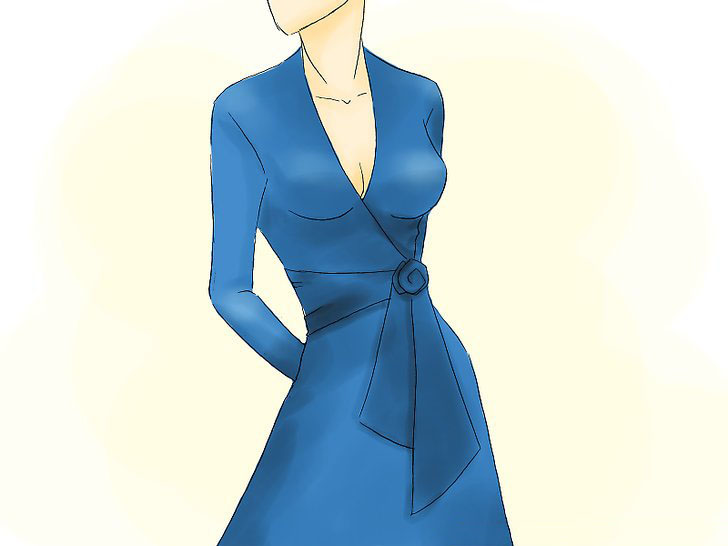
3. Enhance your form if you've got an hourglass figure.
This means that you've got a full bust and full hips, with a narrower, defined waist. You'll want to go for dresses that nip in at the waist and show off your figure.
- Wraps, knit dresses, and sheaths that have a waist are good bets for showing off your figure.
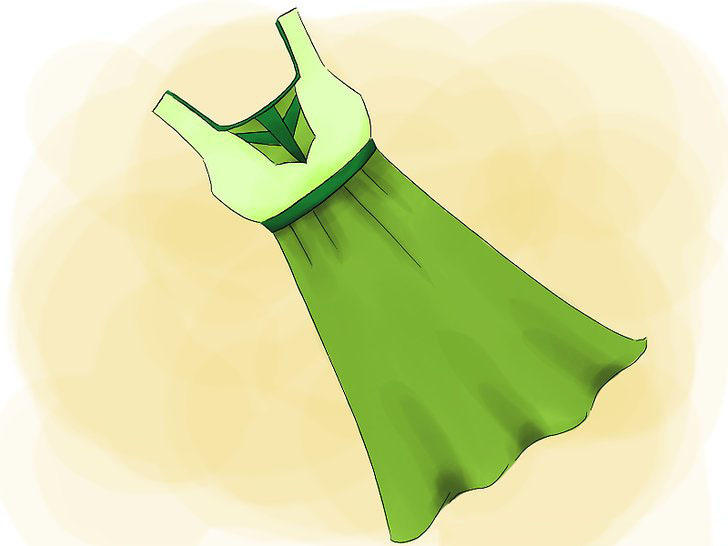
4. Draw the eye up if you have an apple-shape.
This basically means that your narrowest point is at your ribs, above your natural waist. Empire waists are a good bet for drawing attention upwards, since their waistline sits right below the bust.
- Choose a dress with details around the neckline, because this will draw attention upwards.
- Full skirts or A-line skirts on a dress can give you the appearance of an hourglass figure.
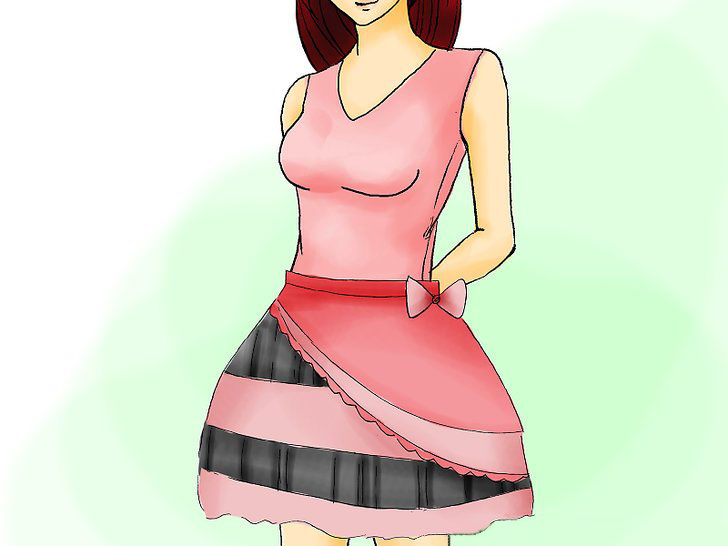
5. Draw attention downwards if you have a full bust.
When your bust measurement is fuller than your hips and rear measurement, a good look is to draw attention away from your bust and even out your top and bottom by the dresses you choose.
- V-necks and halter tops can create a slimming effect (and look good with fuller busts).
- A-line and full skirt dress styles will help create a balance between the top and bottom. Choosing dresses with details at the bottom can also help draw attention downwards.




